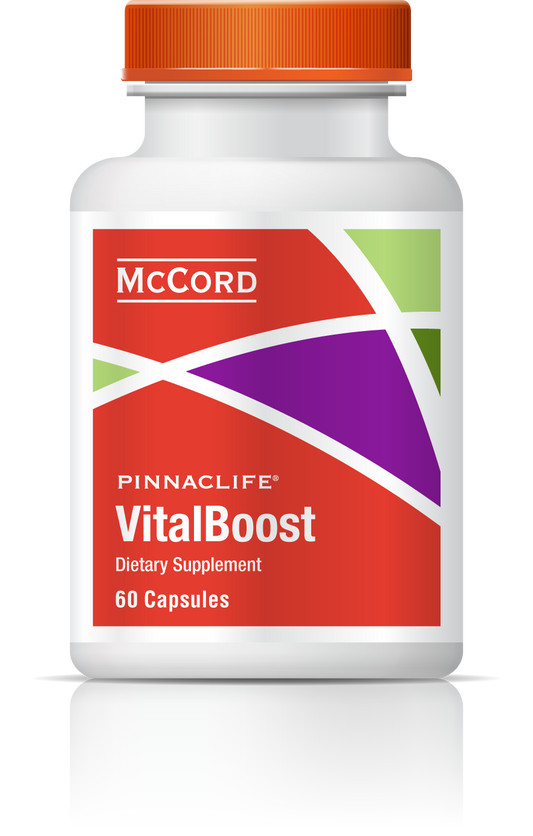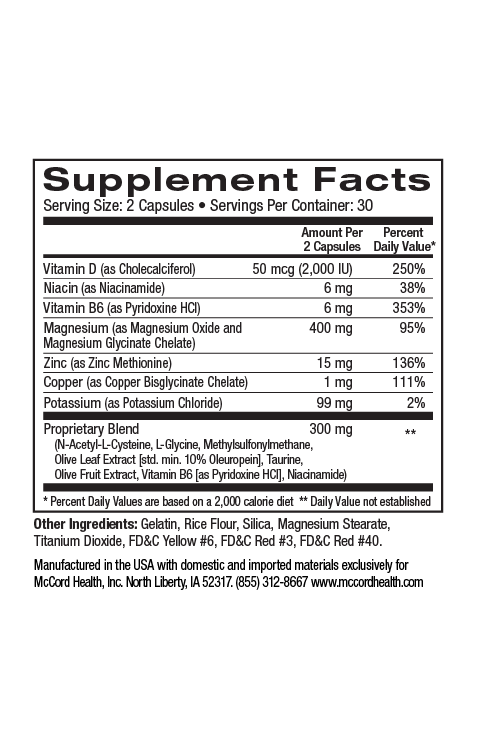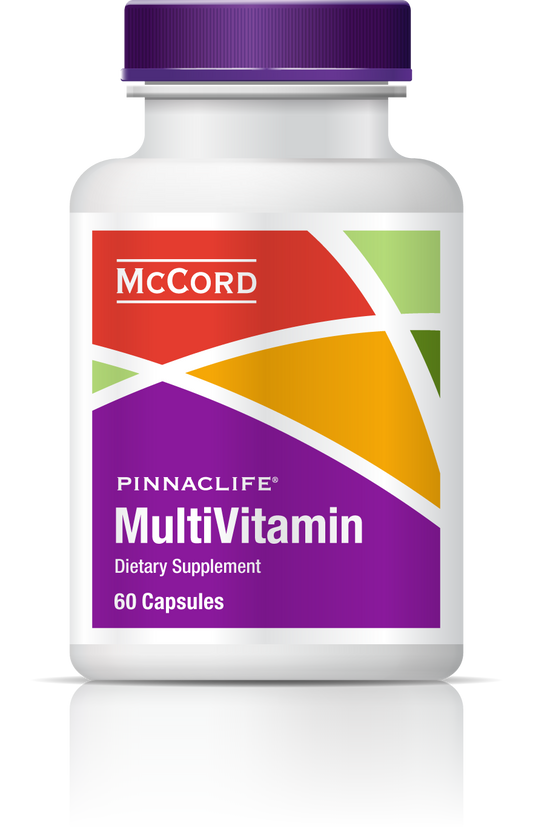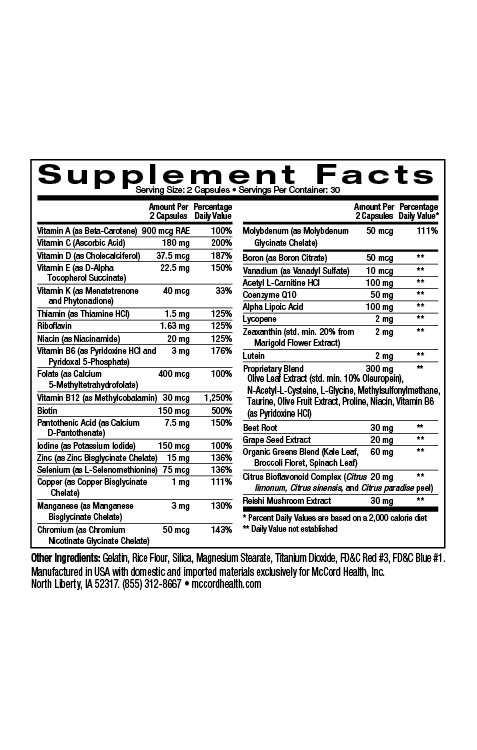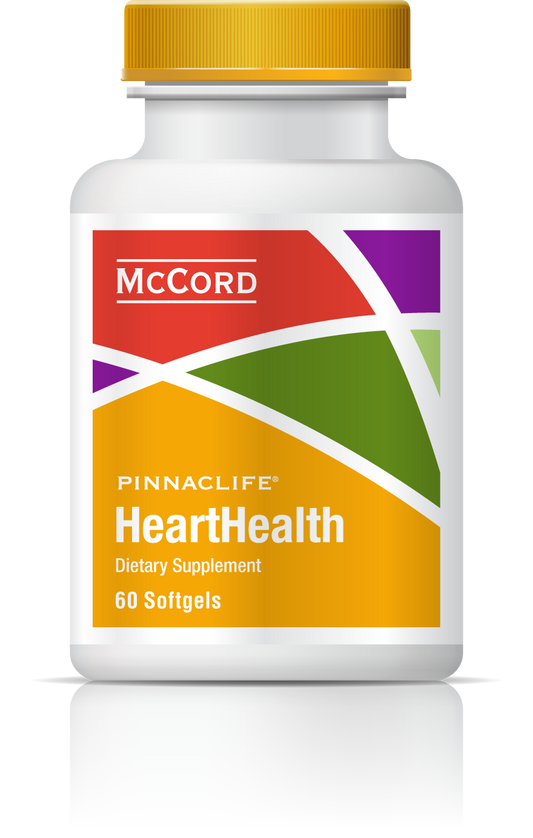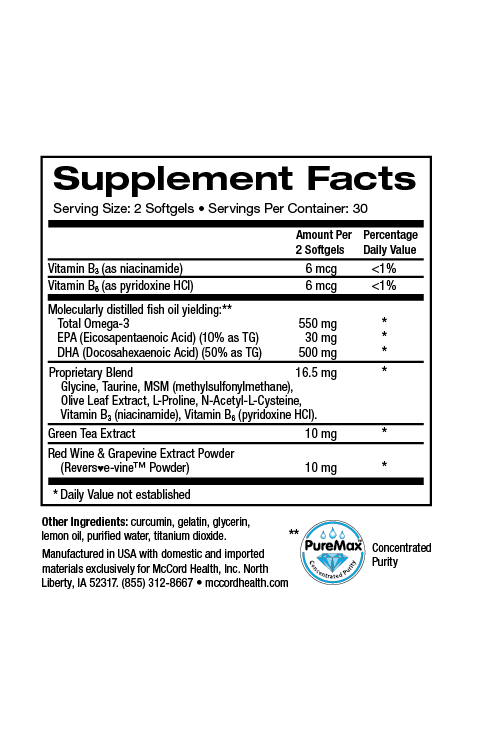When it’s cold outside the humidity often decreases leading to dry environments that can result in skin inflammation and pruritus (itching). In fact, dry environments promote pro-inflammatory cytokine release from corneocytes (found in the outermost layer of the epidermis or stratum corneum) and low humidity also causes mast cell enlargement as well as mast cell degranulation (release of inflammatory mediators like histamine). In addition, desquamation (skin shedding) is decreased, which can lead to scaling that is common with winter xerosis (dry skin). A dry environment affects the skin barrier making the skin more sensitive and prone to inflammation.
Viniferamine® skin and wound products like Renewal Moisturizer contain potent anti-inflammatory ingredients including oleuropein, resveratrol, EGCG, melatonin, carnosine and L-glutathione. In addition, asiaticoside in titrated extracts of Centella asiatica (TECA), dipotassium glycyrrhizate from licorice, avenanthramides in oats, aloe vera, pathenol and shea butter found in Viniferamine® skin and wound products possess anti-inflammatory activities.
Skin exposed to low humidity is also more susceptible to mechanical stress and fracture, and has reduced elasticity. During the winter, decreased stratum corneum (SC) lipids have been reported. In addition, an increase in SC pH and a decrease in skin hydration and along with lower levels of potassium, lactate, sodium and chloride components of the skin’s natural moisturizing factor (NMF) have been found. Moreover, increased reactions to skin irritants suggest that skin becomes more fragile and permeable when exposed to cold temperatures and low humidity.
The proper balance of ceramides, cholesterol, and fatty acids is important for maintaining the barrier function of skin. Low ceramide levels are associated with eczema, dermatitis and aging. Studies have shown that nicotinamide, also known as niacinamide (found in Viniferamine® skin and wound care products) can increase the biosynthesis of ceramides as well as other stratum corneum lipids to improve the epidermal barrier.
Clean N Moist also contains phospholipids to help preserve the barrier function of skin. In addition, Clean N Moist (along with Renewal Moisturizer) contains dimethicone to provide another protective barrier. The chemistry of Clean N Moist corresponds with the chemistry of skin. Clean N Moist is also perfectly pH balanced to ensure the most fragile skin is gently cleansed without causing irritation. Moreover, Renewal Moisturizer and Clean N Moist nourish the skin with vitamins, antioxidants and amino acids.
Certain individuals are more sensitive to colder temperatures. Skin vasculature is innervated by the sympathetic nerves, particularly in the hairless areas of the skin. In response to cold, the sympathetic nerves release norepinephrine (NE) to restrict the flow of blood and preserve the body’s core temperature. However, vasoconstriction is decreased in the elderly due to the fact that the rate of discharge of the sympathetic nerves and release of NE is reduced. Evidence suggests that NE release is reduced due to an increase in reactive oxygen species (ROS) and oxidative stress that occurs with advancing age.
Viniferamine® skin and wound products contain penetrating small molecule ingredients that counteract oxidative stress including the important small molecule polyphenols oleuropein, resveratrol, and epigallocatechin-3-gallate (EGCG) from olives, grapes, and green tea, respectively, as well as L-carnosine, melatonin, and L-glutathione.
Individuals with diabetes also have significant impairments in vascular responsiveness to the cold and may be less able to prevent decreases in core body temperature associated with cold exposure. This impairment is also attributed to decreased control of vasoconstriction by the sympathetic nervous system. In addition, individuals with diabetes (as well as the elderly) typically have reduced blood flow that also decreases the amount of nutrients accessing the skin. Viniferamine® skin and wound products provide topical nutrition to skin to help hydrate, nourish and strengthen skin.
Exposure to cold temperatures frequently makes many skin conditions worse including xerosis (dry skin), eczema, dermatitis, sensitive skin and rosacea. Moreover, depending on the exposure, some individuals suffer from chilblains, or skin eruptions that can be involved with connective tissue diseases such as systemic lupus erythematosus.
Susceptible individuals including the elderly, diabetic and individuals with certain medical or skin conditions such as cold uticaria (hives) should stay out of the cold or cover their skin as much as possible and limit exposure. These individuals may also be more prone to frostbite or hypothermia, which can be life-threatening. In addition, aged individuals or diabetics may have decreased awareness of cold temperatures due to reduced feeling or sensations with respect to their environments.
It’s good to know that Viniferamine® skin and wound care products can help decrease inflammation associated with skin exposure to the cold. Viniferamine® skin and wound care products including Renewal Moisturizer and Clean N Moist also contain small molecule nutrition to help increase the skin barrier and protect against irritants that affect the skin more easily with exposure to cold. Moreover, both products contain an advanced silicone complex to provide extra protection from irritants as well as help keep skin hydrated.
About the author: Nancy Ray, PhD is the Science Officer at McCord Research. Dr. Ray received her PhD in Biochemistry and Biophysics and was a postdoctoral fellow at NIH, Harvard University and Dana-Farber Cancer Institute, and the University of Iowa. She also earned bachelor of science degrees in Chemistry and Microbiology.
References
- J Eur Acad Dermatol Venereol 2016; 30: 223-249.
- Int J Mol Sci 2014; 15: 18508-18524.
- Oxid Med Cell Longev 2012; 2012: 560682: 1-8.
- Sci Aging Knowl Environ 2005; 2005: pe12.
- Diab Vasc Dis Res 2014; 11: 92-102.
- J Pineal Res 2013; 55: 325-356.
- Int J Gen Med 2011; 4: 105-113.
- Proc Soc Exp Biol Med 1967; 125: 279-280.
- Evid Based Complement Altern Med 2012; 2012: 650514: 1-9.
- Arch Dermatol Research 2008; 300: 569-574.
- Br J Gen Pract 1999; 49: 823-828.
- J Dermatol Treat 2002; 13: 173-178.
- J Oleo Sci 2010; 59: 273-280.
- J Lipid Res 2009; 50: S417-S422.
- J Soc Cosmet Chem 1996; 47: 27-39.
- Br J Dermatol 2000; 143: 524-532.
- Gerentol 2012; 58: 289-295.
- PLOS ONE 2015; 10: e0115341.
- Exp Dermatol 2008; 17: 713-730.
- Ann Plast Surg 2007; 58: 449-455.
- Temperature 2016; 3: 119-145.
- Int J Cosmet Sci 2013; 35: 2-8.
- Am Fam Phys 2002; 66: 435-440.
- J Med Case Rep 2014; 8: 1-5.
- Cutis 2016; 97: 59-62.
- Global Health Action 2011; 4: 1-7.
Disclaimer: These statements have not been reviewed by the FDA. The decision to use these products should be discussed with a trusted healthcare provider. The authors and the publisher of this work have made every effort to use sources believed to be reliable to provide information that is accurate and compatible with the standards generally accepted at the time of publication. The authors and the publisher shall not be liable for any special, consequential, or exemplary damages resulting, in whole or in part, from the readers’ use of, or reliance on, the information contained in this article. The publisher has no responsibility for the persistence or accuracy of URLs for external or third party Internet websites referred to in this publication and does not guarantee that any content on such websites is, or will remain, accurate or appropriate.
